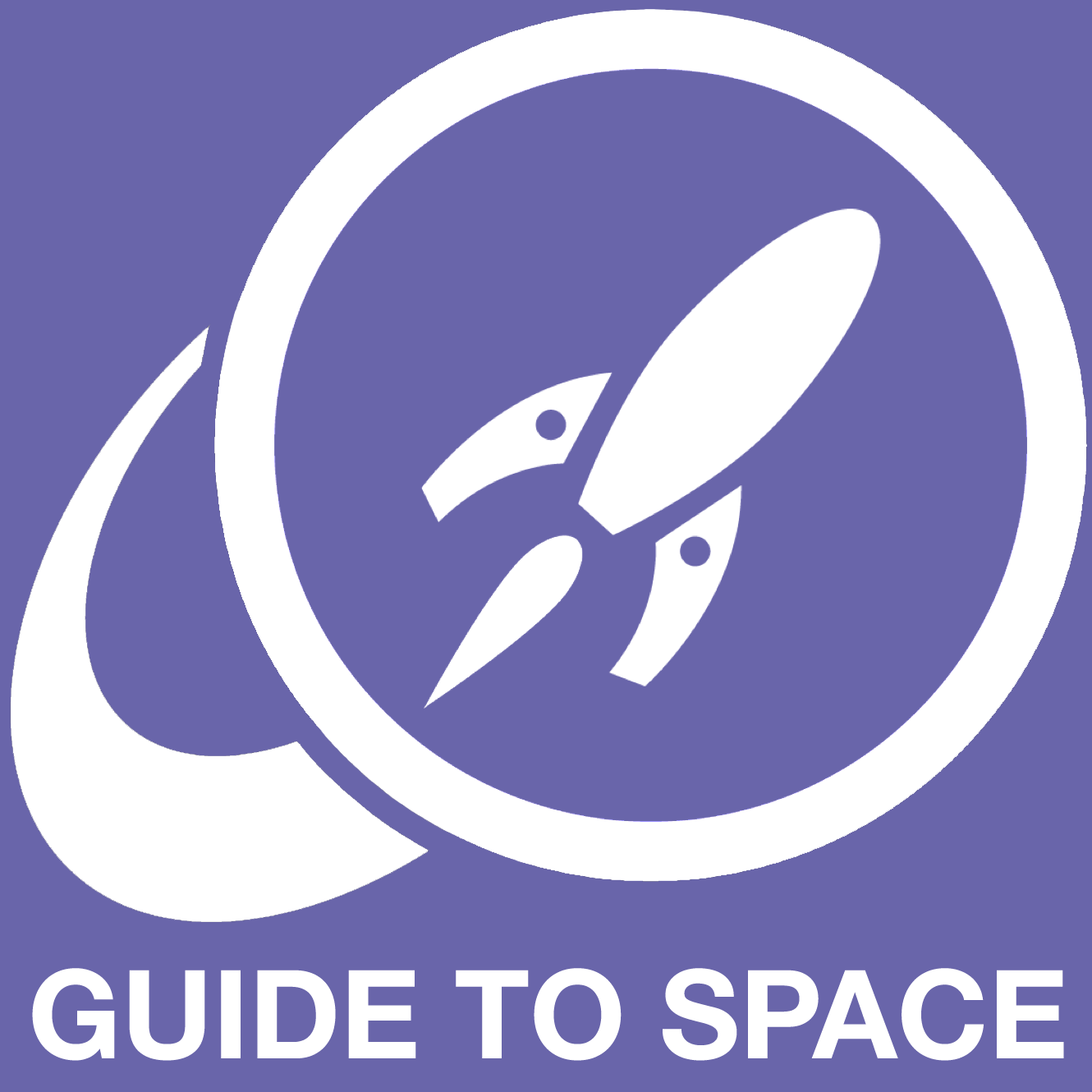Today’s we have story about what spaceflight advances could have happened e.g the lost Apollo Missions & Werhner Von Braun’s “Mars Project”.


Today’s we have story about what spaceflight advances could have happened e.g the lost Apollo Missions & Werhner Von Braun’s “Mars Project”.

People ask why we’re stuck with chemical rockets. Good news, there are other, exotic science fiction-sounding propulsion systems out there.


The observable Universe is finite, which means there are limits to what we can see, now and deep into the future. Today’s discussion talk about cosmological horizon.





Supernovae are powerful explosions in Universe, releasing more energy in a moment than most stars release in their entire lifetimes.

We know that in space, no one can hear you scream. But what would things sound like on another planet?